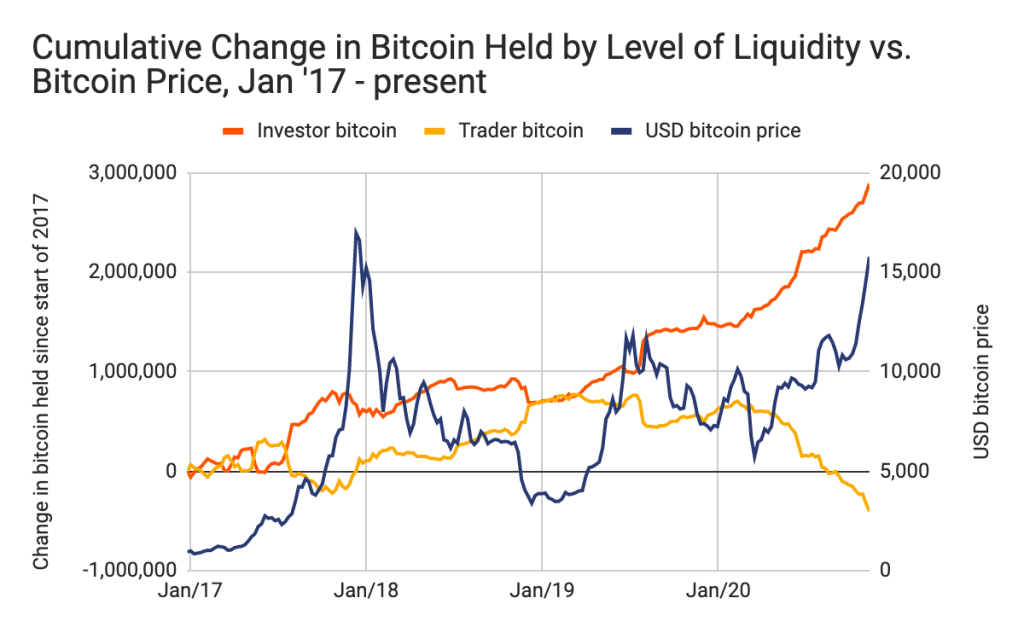Bitcoin in 2017 A Year of Unprecedented Growth and Volatility
Remember 2017? Bitcoin went bonkers! Fortunes were made (and lost!). Dive into the crazy story of Bitcoin in 2017 – the highs, the lows, and everything in between.

2017 was a watershed year for Bitcoin, a digital currency that captured the world’s attention like never before. The year witnessed an explosion in mainstream awareness, with stories of overnight millionaires fueling a frenzy of investment. The price of Bitcoin in 2017 experienced an unprecedented surge, leaving many wondering if it was a revolutionary technology or a speculative bubble. This article explores the key events and factors that contributed to this dramatic period in Bitcoin’s history, examining the highs, the lows, and the lasting impact on the cryptocurrency landscape.
The Meteoric Rise
The early months of 2017 saw a steady, albeit impressive, climb in Bitcoin’s value. However, the real fireworks began in the second half of the year. Several factors contributed to this rapid ascent:
- Increased Institutional Interest: Larger investment firms and hedge funds started to dip their toes into the cryptocurrency waters, lending legitimacy to the asset class.
- Mainstream Media Coverage: Bitcoin became a regular topic on news outlets and financial publications, reaching a wider audience than ever before.
- ICO Boom: The rise of Initial Coin Offerings (ICOs) fueled demand for Bitcoin, as many ICOs required participants to purchase their tokens using Bitcoin.
- Future Trading CME Group and Cboe Global Markets launched Bitcoin futures contracts, providing institutional investors with a regulated way to gain exposure to Bitcoin.
The Allure of Quick Riches
Stories of individuals making fortunes by investing in Bitcoin early on contributed to a fear of missing out (FOMO) among the general public. This fueled a speculative bubble, driving the price to dizzying heights.
The Inevitable Correction
After reaching an all-time high of nearly $20,000 in December 2017, the Bitcoin market experienced a sharp correction. Several factors contributed to this downturn:
- Regulatory Uncertainty: Governments around the world began to scrutinize Bitcoin and other cryptocurrencies, raising concerns about potential regulations that could impact the market.
- Scalability Issues: Bitcoin’s network struggled to handle the increased transaction volume, leading to slow transaction times and high fees.
- Profit-Taking: Many early investors decided to cash out their gains, putting downward pressure on the price.
The Lingering Impact
The 2017 Bitcoin boom and bust had a profound impact on the cryptocurrency industry. It brought awareness to a massive audience but also highlighted risks.
| Aspect | Before 2017 | After 2017 |
|---|---|---|
| Mainstream Awareness | Limited | Significant Increase |
| Institutional Investment | Minimal | Growing |
| Regulatory Scrutiny | Low | High |
Bitcoin in 2017 was an eventful chapter. Despite the subsequent crash, Bitcoin remains a prominent player in the digital asset space, and its journey in 2017 serves as a valuable lesson about the potential and the risks of investing in emerging technologies.
LESSONS LEARNED AND THE ROAD AHEAD
The volatility experienced with Bitcoin in 2017 served as a harsh but necessary learning experience for both investors and the broader cryptocurrency community. It underscored the importance of due diligence, risk management, and understanding the underlying technology before investing in any digital asset. Furthermore, it pushed developers to address crucial issues like scalability and security, paving the way for future growth and adoption.
THE RISE OF ALTCOINS AND BLOCKCHAIN INNOVATION
The Bitcoin frenzy of 2017 also led to increased interest in alternative cryptocurrencies, or “altcoins.” Many investors sought to diversify their portfolios and explore new blockchain technologies that promised faster transaction speeds, lower fees, and enhanced privacy. This influx of capital fueled innovation and experimentation within the blockchain space, leading to the development of new applications and use cases beyond just digital currency. Smart contracts, decentralized finance (DeFi), and non-fungible tokens (NFTs) all owe a debt to the heightened awareness and investment that originated, in part, from the 2017 Bitcoin boom.
LOOKING BACK, MOVING FORWARD
While the rapid rise and fall of Bitcoin in 2017 might be viewed by some as a cautionary tale, it also served as a catalyst for growth and maturation within the cryptocurrency industry. It highlighted the potential of decentralized technologies to disrupt traditional financial systems and empowered individuals to take control of their finances. The lessons learned from that year continue to shape the development of Bitcoin and other cryptocurrencies, driving innovation and fostering a more sustainable and resilient ecosystem.
THE ROAD TO RECOVERY AND BEYOND
Following the 2018 bear market, Bitcoin began a gradual recovery, demonstrating its resilience and long-term potential. The community focused on improving the technology, addressing scalability issues with solutions like the Lightning Network, and fostering wider adoption through education and outreach. The narrative shifted from get-rich-quick schemes to long-term value proposition, emphasizing Bitcoin’s role as a store of value and a hedge against inflation.
THE ENDURING LEGACY OF 2017
Despite the volatility and the subsequent market correction, 2017 remains a pivotal year in Bitcoin’s history. It brought Bitcoin to the forefront of public consciousness, attracting a new wave of investors, developers, and entrepreneurs. The lessons learned from that period continue to shape the cryptocurrency landscape, driving innovation and fostering a more mature and sustainable ecosystem.
– Increased Awareness: Bitcoin is now a household name, familiar to people around the world.
– Technological Advancements: The scalability challenges of 2017 spurred the development of new solutions like the Lightning Network.
– Regulatory Clarity: While regulatory uncertainty remains in some jurisdictions, progress has been made in establishing clear rules for cryptocurrencies.
The events of Bitcoin in 2017 ultimately paved the way for the continued growth and evolution of the cryptocurrency market. The increased attention, despite the volatility, allowed for more conversations and developments in this industry. It’s a reminder that innovation often comes with growing pains, and the journey to mainstream adoption is rarely a smooth one. Today, Bitcoin’s impact on the world is undeniable, and its future is still being written.




